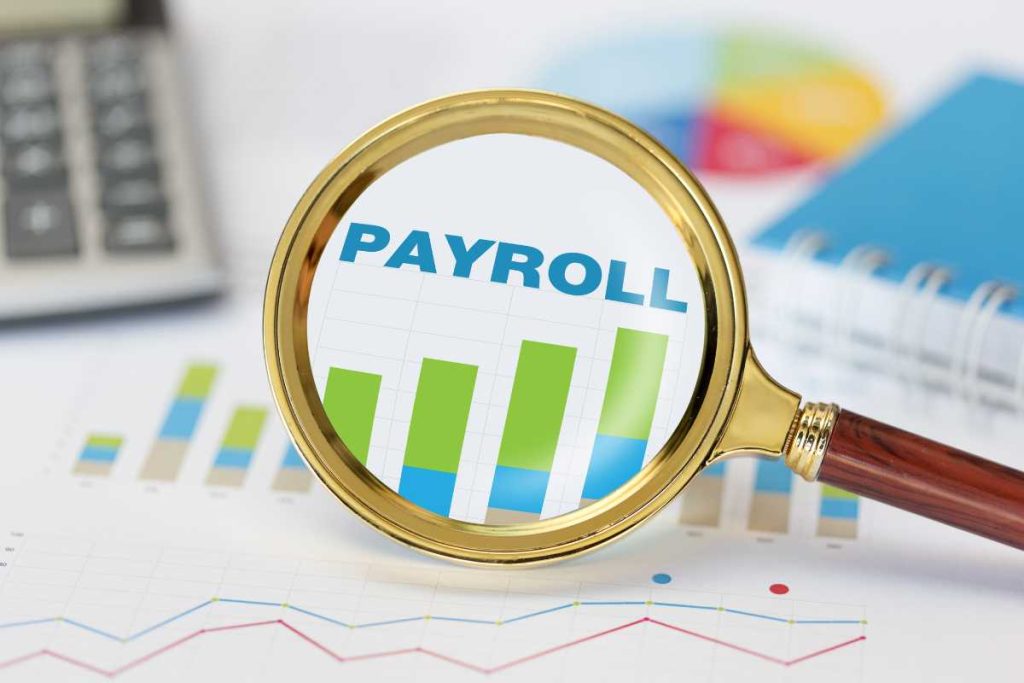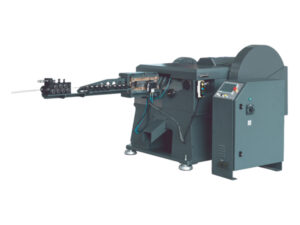ACH payments allow companies, banks, and individuals to transfer money from one account to another electronically. Unlike credit card transactions, which can be processed only by a bank, the ACH network can push or pull funds.
Businesses use ACH for payroll processing, customer and vendor payments, and more. Choosing the right ACH provider can elevate your management methods and reduce risks.
Streamlined Payments
Using the ACH network to process recurring payments saves businesses the time and money it takes to send invoices, mail checks, and collect receivables. It also means that businesses can process transactions more quickly and accurately.
Unlike credit cards that typically require an upfront fee, ACH transactions are generally free to send and receive. It can reduce costs for businesses that process many transactions per month.
The ACH network can push and pull funds, making it easier to streamline payroll processing. Companies can use ACH origination to deposit employee paychecks into bank accounts automatically. Streamlined payments for employees mean less hassle for everyone involved.
Consumers also benefit from the ease of ACH payments. Making payments online or sending money to friends through social payment apps has become easier with online payments. This ensures that consumers receive their payments promptly, without rushing to the bank before it closes or waiting for days for mobile check deposits to clear.
Using a service provider that cares about building long-term customer relationships and delivering personalized service is vital for a business to succeed in the payments industry.
Reduced Risk of Fraud
Using a payment provider can help you mitigate fraud risk. It can also reduce the time you spend on reconciliation, typically done at the end of each day, and involves counting checks against a report to ensure everything was recorded correctly.
When you use ACH to pay for goods or services, the money goes directly into your bank account as a direct deposit. It is crucial to understand that online payments can be classified as either debit or credit transactions. During the ACH process, an ODFI requests that the RDFI transfer funds into an account they control. The RDFI then records the transaction in its system.
While ACH transactions are a safe and secure payment method, fraud is always possible. Educating employees on fraud detection and prevention is essential to prevent fraudulent activity. Employees should be trained to question changes in their payment instructions, recognize the signs of suspicious activities, and report suspected fraud to their employer or the ACH service provider. They should also be instructed never to confirm their bank information via email and to refrain from sending financial data over unsecured networks. By implementing these strategies, your company will significantly reduce the risk of fraud and improve its financial performance. In addition, an ACH payment processing partner can help you protect your business by offering advanced analytics and other solutions that can detect suspicious behavior patterns.
Reduced Paperwork
If you’re counting stacks of paper checks and credit card receipts at the end of each month, it’s time to switch to an electronic payroll processing method. ACH is a secure, fast, and convenient option that eliminates the hassle of processing payments manually while saving you money on transaction fees.
Companies and individuals can electronically transfer funds between bank accounts using the ACH Network. The process is federally regulated and uses advanced security technology, including data encryption. ACH payments can be credits (push) and debits (pull). Credits typically take one to three days to process, while debit transactions may be processed same-day.
Your team can save significant time on payroll by eliminating the need to print and mail checks. Employees also enjoy the convenience of direct deposit and can access their pay stubs, deduction details, attendance records, and tax forms anytime from the employee self-service portal.
Businesses can also save time on bookkeeping by automating many recurring expenses through ACH services. You can easily set up these payments to originate from your primary business bank account, and most financial institutions can create recurring ACH transfers with just a few pieces of information: your recipient’s routing and account number. It reduces the risk of payment failure and customer churn, which can increase your costs when customers’ banks reject payments.
Reduced Time
Using ACH for payroll means you’ll no longer have to count checks or track credit card payments by hand. The ACH system sends transactions digitally, and you can access records for each transaction. It eliminates the risk of human error. According to a report from IBM Security, human errors resulting in data breaches can lead to substantial financial losses for businesses. Each incident can incur costs of up to $3.3 million. Whether you operate on subscription or membership models, recurring billing, or need to pay rent and invoice clients monthly, ACH payments offer the convenience of electronic payments.
It’s also a great way to save money on paper, ink, and postage. You can get started with ACH payments by working with your bank or a third-party payment processor. Depending on the type of transfer you’re making, fees may be charged as a flat rate or percentage of the transaction.
With a low failure rate (around 10-15%), ACH transfers are an efficient alternative to cash and credit cards. And unlike paper checks, ACH payments are secure. The National Automated Clearing House Association backs the ACH network, and creative solutions are being developed to make it even more secure. That’s good news for your employees, too: it prevents them from sending their personal information to untrustworthy businesses and reduces the risk of identity theft.





